Religion
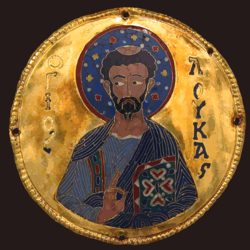
Early engravers and print makers made devotional images for pilgrims and people who could not afford paintings or books. Many of these craftsmen turned their hand to manufacturing playing cards to earn extra income. Today playing cards are often produced to spread religious messages, teachings or for educational purposes.
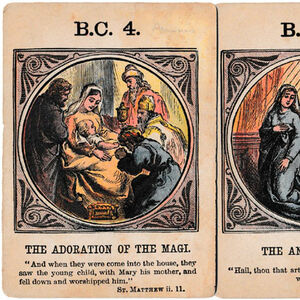
Anno Domini
Anno Domini biblical card game depicting New Testament history, published by John Jaques & Son, c.1875.
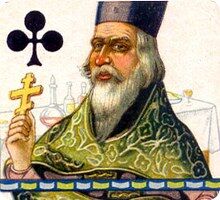
Anti-Religions
Clubs represent the Russian Orthodox church, Hearts Roman Catholicism, Spades Confucianism and Diamonds represent Judaism.
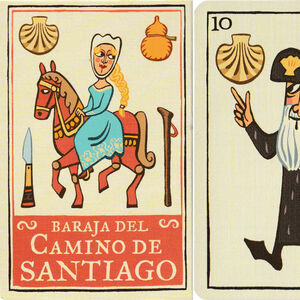
Baraja del Camino de Santiago
Designs by Guitián, published by Ideas Peregrinas, Santiago de Compostela, Spain, c2018.
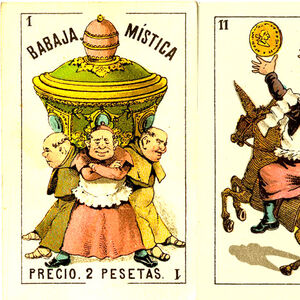
Baraja Mística
‘Baraja Mística’ satirical playing-cards featuring revelling clergy published by Litografía Fernández, Madrid.
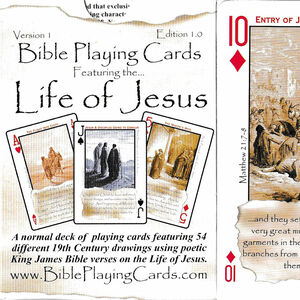
Bible playing cards featuring the life of Jesus
Bible playing cards featuring the life of Jesus, USA, 2008.
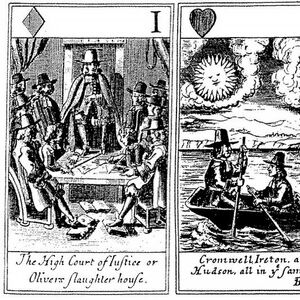
EPCS February 2002 Newsletter Members Only
Richard Edward • Rorkes Drift - ZULU • Benno • Sir Gurney Benham • Nursery Rhyme & Travel Snap • The Studio Prize Competition • Cavalier Playing Cards • Pepys Quiz - Answers • Rummy Soccer • Spear's New Games 1894 • Big Box Card Games • Astra • Religious Cards • Game Scorers & Trump Indicators • Goodall & Willis January 1880 • Card Donation • L.G. Sloan & Universal • Frustrating Bridge Hand • Fables • Poets of the Card Table • Animal Snap - Revisited
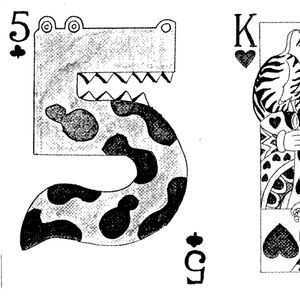
EPCS May 1997 Newsletter Members Only
Diamond Jubilee of Queen Victoria 1897 • Gambling at cards in Georgian Bath • Misfitz • Hokey-Pokey • Goodall Canada • Wei-Hei-Wei Regiment • Noah's Ark • 1938 Comic by Birds Custard • WWII • Edward Hall • Politics • Flowers of Britain • Garden Birds of Britain
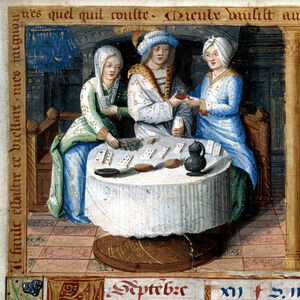
Gambling and Vice in the Middle Ages
Gambling and Vice in the Hours of Charles V: card-playing in the local tavern
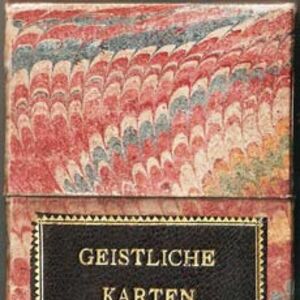
Geistliche Karten
Geistliche Karten, Augsburg, 1718. Each card carries a text in Gothic typeface giving advice regarding what to do and think each day. Not quite oracle or divination cards, they are more like 'a motto for the day' collection. The method of using the cards is not known.

Grace Cards
My creativity proved useful in the Primary School classroom and children's clubs I run at Brooke Baptist Church in Norfolk...
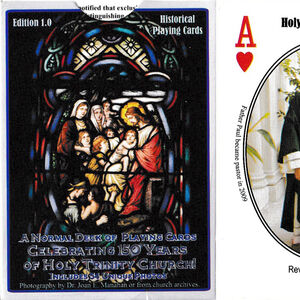
Holy Trinity Church playing cards
Holy Trinity Church commemoration playing cards, USA, 2011.
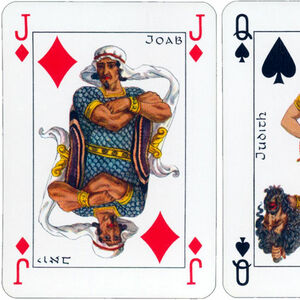
Jacob’s Bible Cards
Jacob’s Bible Cards published by Lion Playing Cards Factory Ltd, Tel Aviv, since mid-1950s.
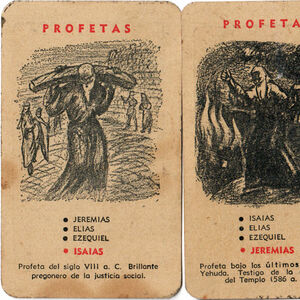
Jewish Card Game
Judaism is the oldest of the great monotheist religions, parent of Christianity and Islam.
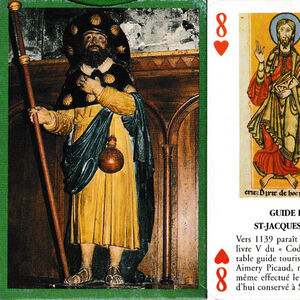
Les Chemins de Saint-Jacques
Paintings, statues, monuments and maps associated with different routes to Compostela.
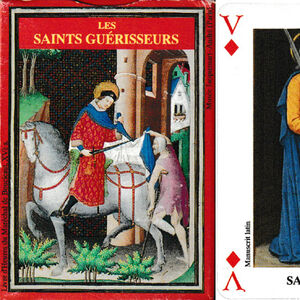
Les Saints Guérisseurs et Protecteurs
Healing and patron saints portrayed in paintings, manuscripts, altarpieces and statuary.
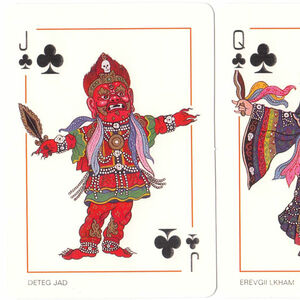
Mongolian Mask Dancing
Mongolian Religious Mask Dancing playing cards, c.2010
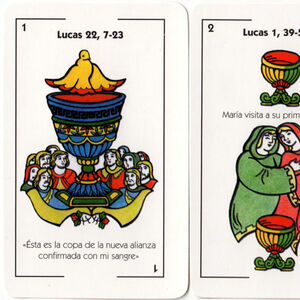
Naipes Cristianos
“Naipes Cristianos” catechetical playing cards with quotations from the four gospels, 2002.
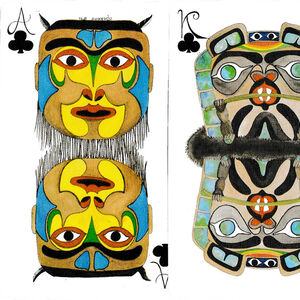
Pacific Northwest native Indian masks
Pacific Northwest native Indian masks with artwork by Margaret Parrott, USA, 1992.
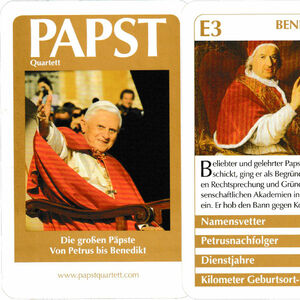
Papst Quartett
A quartet game featuring a selection of popes up to Benedict XVI.
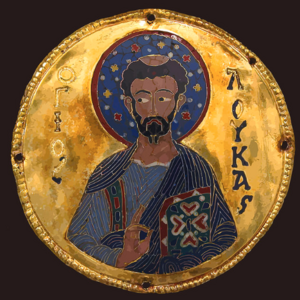
Playing Cards and Religion
Early engravers and print makers made devotional images for pilgrims and people who could not afford paintings or books. Many of these craftsmen turned their hand to manufacturing playing cards to earn extra income. Today playing cards are often produced to spread religious messages, teachings or for educational purposes.

